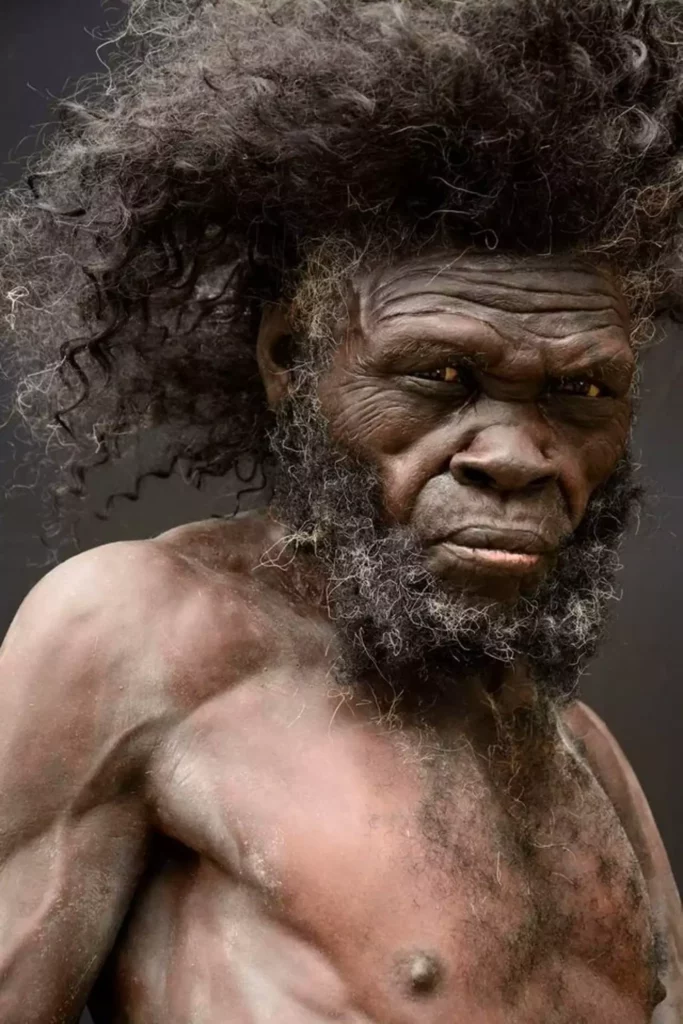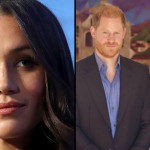A video showcases what the earliest humans might have resembled, and their appearance is surprisingly similar to that of modern humans.
It’s mind-blowing to consider that everyone on this planet shares ancestry from the same two individuals.
We all have origins, but I won’t delve into that right now.
Instead, let’s focus on the Danish museum’s reconstruction of what they think the first humans looked like. To me, they bear a striking resemblance to modern humans.
Before we delve into the Moesgaard Museum’s creation, let’s take a moment to explore human history and what came before us.
You’ve probably heard of ‘Lucy,’ often referred to as the mother of mankind. She lived approximately 3.2 million years ago, and her remains were discovered by Professor Donald Johanson and his student Tom Gray while they were navigating a complex of ravines in Hadar, northern Ethiopia.
This groundbreaking find in 1974 is regarded as one of the most significant discoveries in the history of humanity. Lucy resembled a modern chimpanzee, with a small brain and long arms, but what set her apart was her ability to walk on two legs.
Fast forward ten years to 1984, when another remarkable discovery came to light: ‘Turkana Boy.’ This specimen is thought to have lived around 1.5 million years ago and belongs to the Homo ergaster family, an ancient species of human.
Believed to be about eight years old, he was found near Lake Turkana, Kenya, on the banks of the Nariokotome River by paleontologist Kamoya Kimeu. Remarkably, Turkana Boy’s skeleton was nearly complete.

Describing the exhibition on its website, the Moesgaard Museum states: “As you make your way to the prehistory exhibits, you’ll descend the stairway of evolution.
Along the way, seven reconstructed human species will watch over you as you descend.”
In collaboration with the Centre for Biocultural History at Aarhus University and the renowned Dutch Kennis brothers, the Moesgaard Museum has crafted a one-of-a-kind collection featuring seven reconstructed human species.
The collection ranges from the 3.2-million-year-old Lucy, discovered in Ethiopia, to the Koelbjerg Man, the oldest skeleton found in Denmark, who lived during the Stone Age.
A visitor was so taken by the intricate detail of the reconstructions that they shared on Twitter: “This fascinating reconstruction offers a glimpse into the appearance of early modern humans.
“With their distinct features shaped by adaptation and environment, they highlight the diversity of our ancestors. It’s fascinating to ponder how much they may have shared in terms of culture and social structures!”






